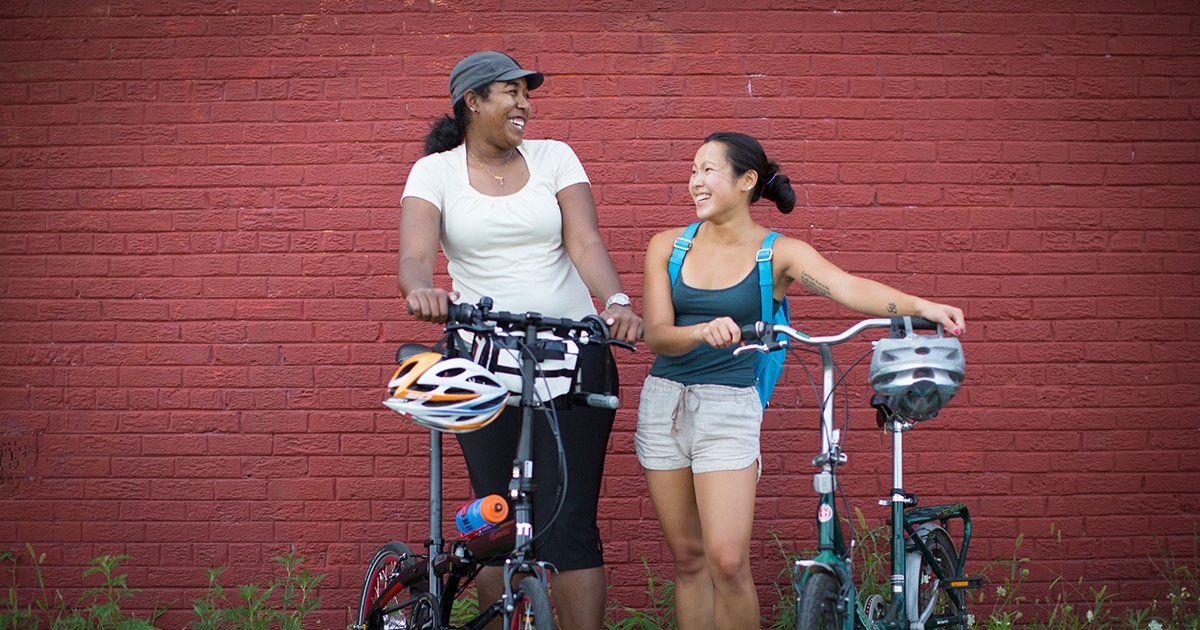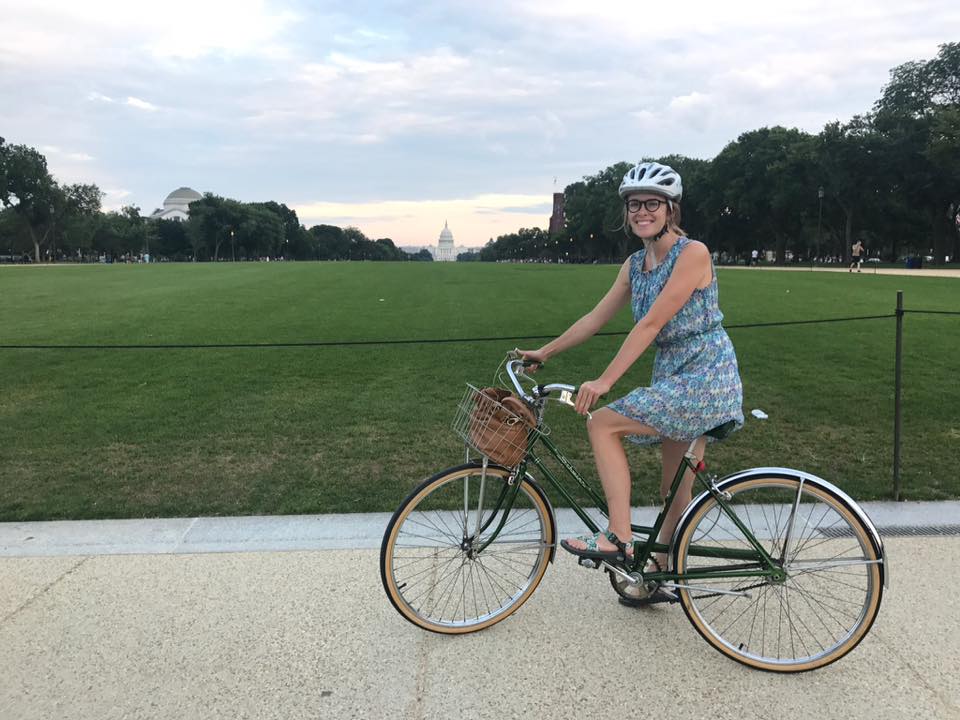Buying Bikes on a Budget
Concern about high costs is a common barrier to riding a bicycle for transportation. There’s a stereotype of a “real” cyclist–the skinny dude on a space-age bike, dressed head-to-toe in spandex. Embedded in that image is expensive gear that may be hard to maintain and/or costly to replace. Even articles in the bicycle media often advocate for buying the more expensive bicycle and accessories.
There’s some truth in the idea that “you get what you pay for”, i.e. that more expensive bikes and gear are higher quality. But that’s also a privileged viewpoint, assuming that all potential riders have money to spend to begin with. At WABA, we want to get as many people riding as possible, lowering the barriers to bicycling in every way we can, including the barrier of price.
 Many potential riders decide to buy used bikes to save money. Last-year’s-model sales at local bike shops, consignment bicycle stores, and person-to-person sales are all options for getting great bikes at a more reasonable cost.
Second-hand and last-year’s-model bikes are not only for new riders, either. Many women in WABA’s Women & Bicycles buy an inexpensive bike to keep around for riding through bad weather or when locking up in public for long periods of time.
But there are some risks–everything from craigslist scams to parts on the verge of wearing out to purchasing stolen bikes.
So what’s the most practical and safe way to ensure you get a good quality machine?
Many potential riders decide to buy used bikes to save money. Last-year’s-model sales at local bike shops, consignment bicycle stores, and person-to-person sales are all options for getting great bikes at a more reasonable cost.
Second-hand and last-year’s-model bikes are not only for new riders, either. Many women in WABA’s Women & Bicycles buy an inexpensive bike to keep around for riding through bad weather or when locking up in public for long periods of time.
But there are some risks–everything from craigslist scams to parts on the verge of wearing out to purchasing stolen bikes.
So what’s the most practical and safe way to ensure you get a good quality machine?


Any human size, any budget: there’s a bike out there for you!
-
Local bike shops
Many shops will begin to mark down bikes in the early fall to make room for new models. These sales can be extremely cost effective. Just like when you purchase any new bike, you may get access to services like simple fittings, different models and sizes to choose from, and included tune-ups. -
Consignment shops
While rarer, you can find bikes at area consignment shops. These are often sold as-is and may not be covered under a return policy, so make sure you ask questions before buying. -
Peer-to-peer
This might be the single most cost-effective way to get a new-to-you bike. Craigslist, the DC Used Bicycle Marketplace on Facebook, and of course, the robust W&B forum all offer ways to look for your new steed. There are dozens of options at a wide range of price points.

Ashley Blue, the WABA PAL coordinator, on her secondhand bike!
You must be logged in to post a comment.